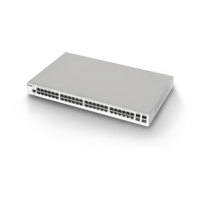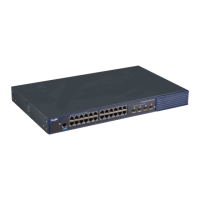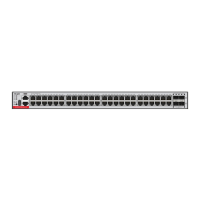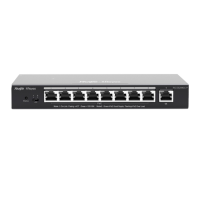Each DHCP address pool performs the address assignment
according to the Option82 matching information. We can divide this
Option82 information into classes and specify the available network
segment range for these classes in the DHCP address pool. These
classes are called CLASS. One DHCP address pool can map to
multiple CLASSes, and each CLASS can specify different network
segment ranges.
During the address assignment, firstly, determine the assignable
address pool by the network segment where the client is, and then
use the Option82 information to further decide which CLASS it
belongs and assign the IP address from the network segment range
corresponding to the CLASS. If one request packet matches multiple
CLASSes in the address pool, perform the address assignment
according to the sequencing of configuring the CLASS in the address
pool. If this CLASS‟s assigned addresses have been to the upper
limit, then continue to assign addresses for the next CLASS, and so
on. Each CLASS corresponds to one network segment range that
must be from low addresses to high addresses and the duplicated
network ranges between multiple CLASSes are allowed. If the
CLASS corresponding to the address pool is specified, this CLASS‟s
default network segment range is the same as the range of address
pool where the CLASS is.
client-identifier
Use this command to define the unique ID of the DHCP client (indicated in hex, separated by dot) in the DHCP
address pool configuration mode. The no form of this command can be used to delete the client ID.
client-identifier unique-identifier
no client-identifier

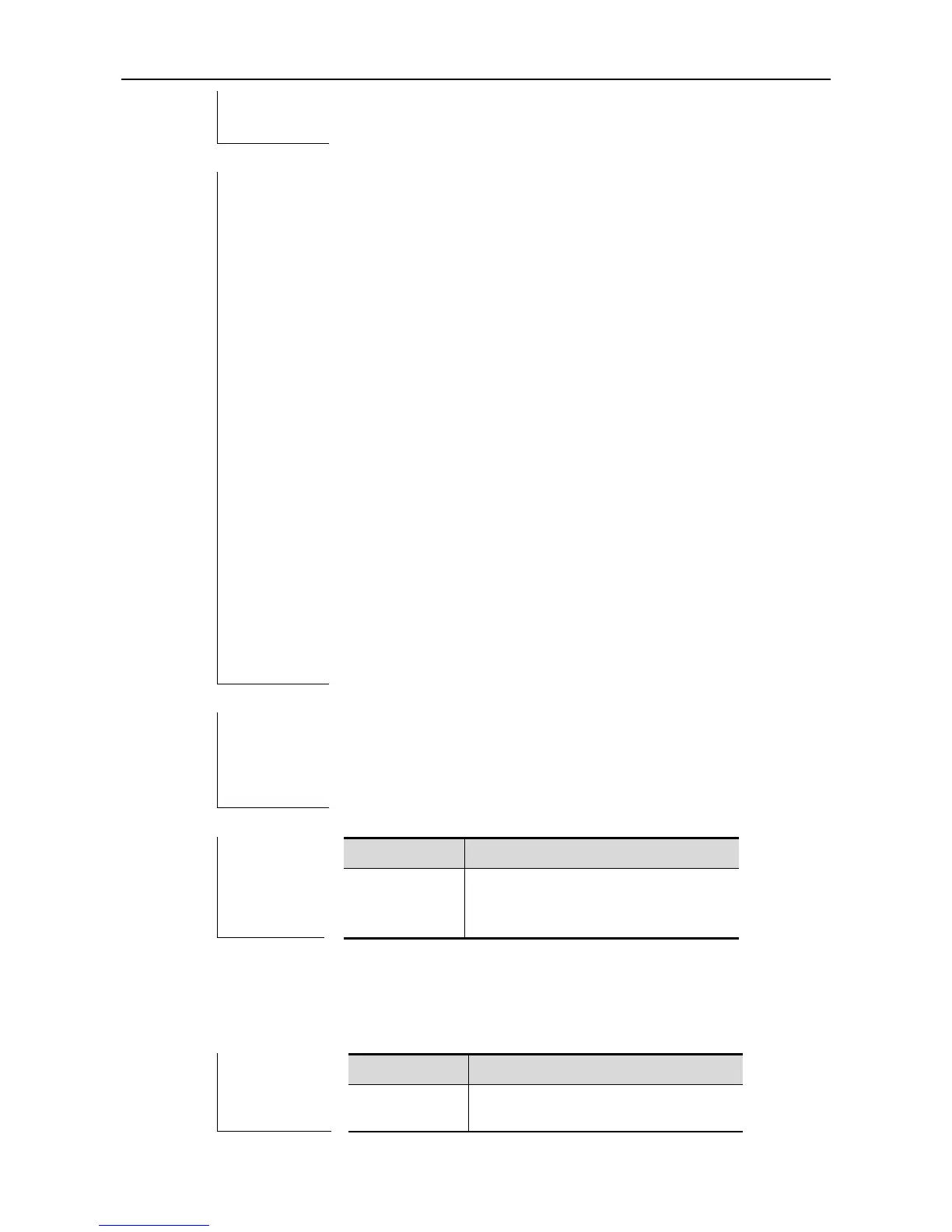